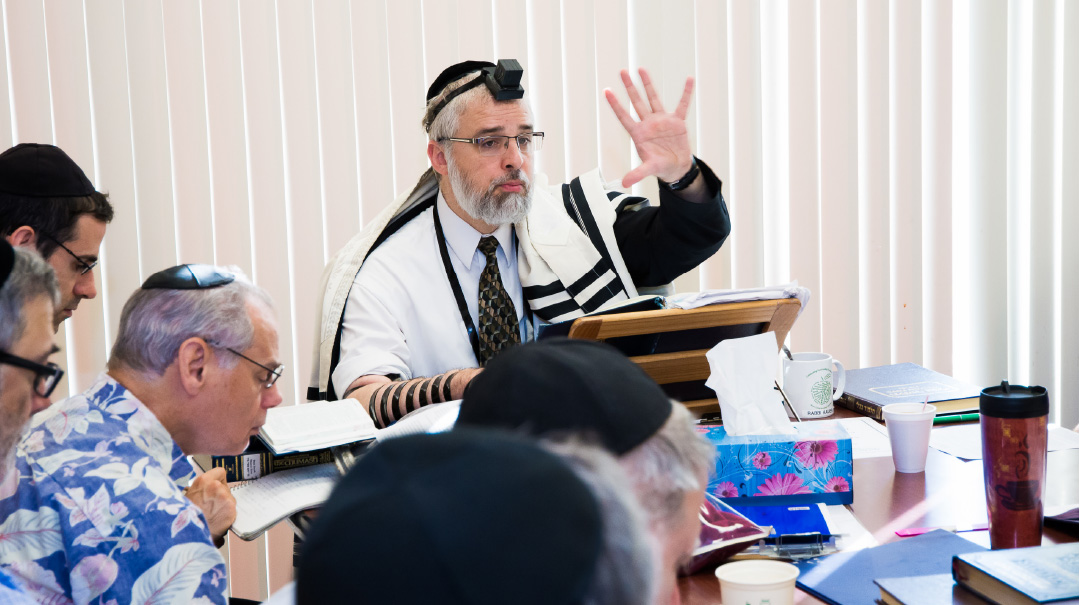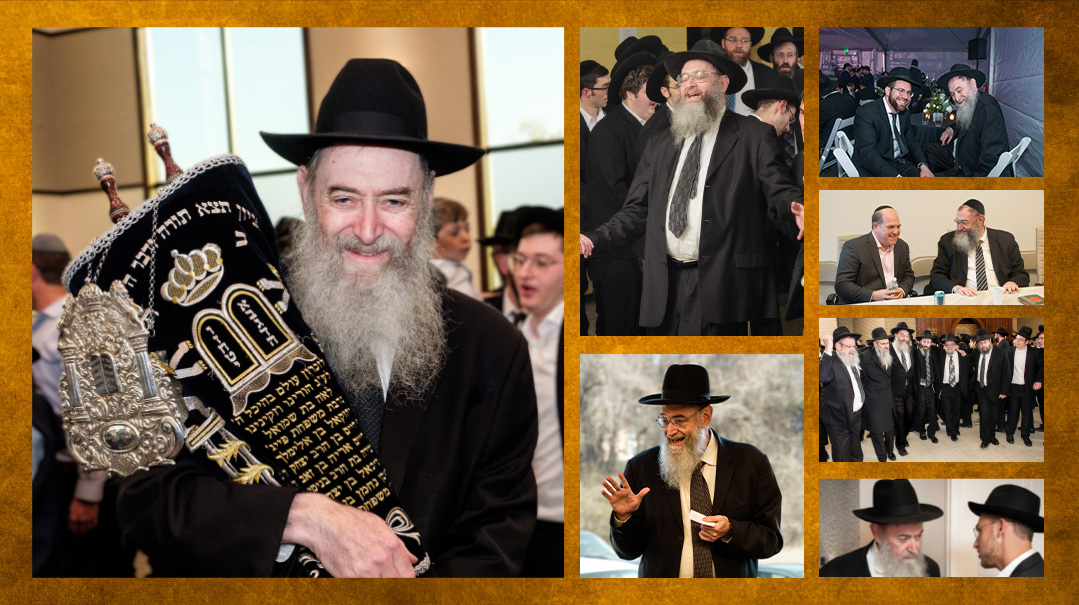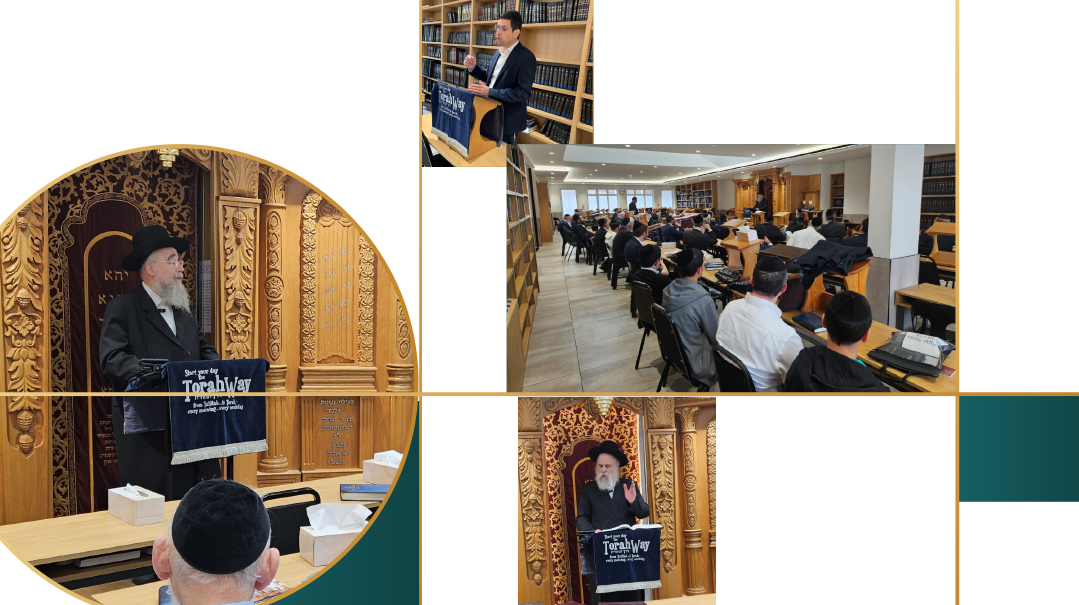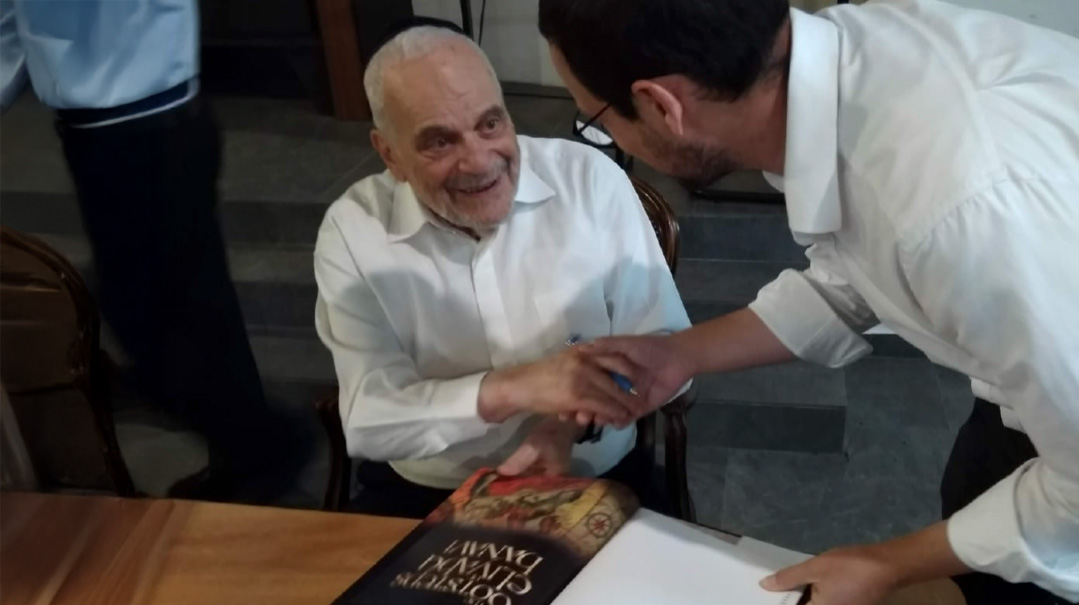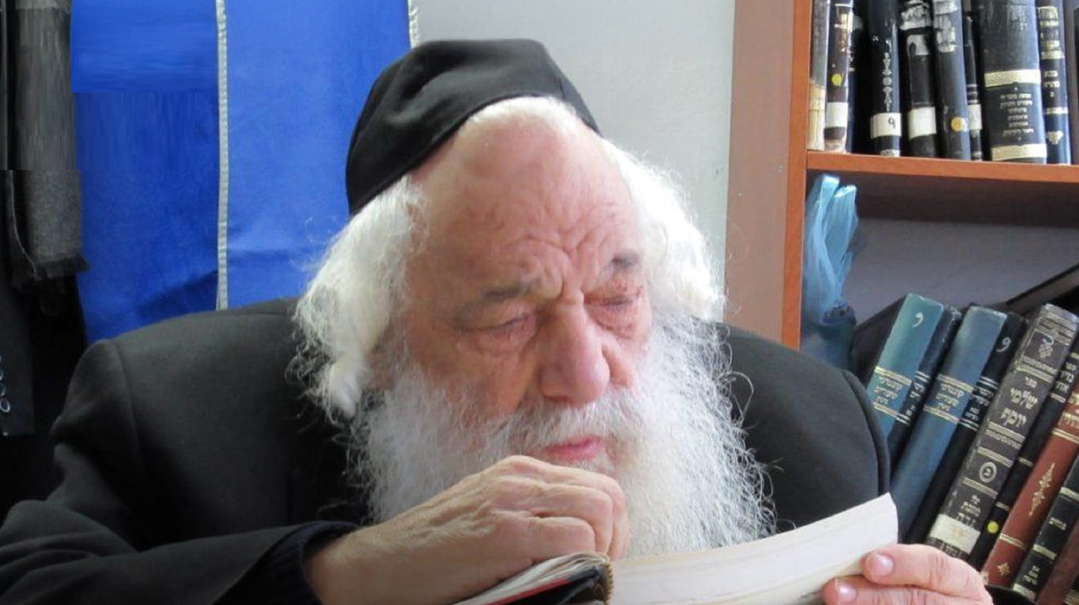No Question Too Small, No Problem Too Big
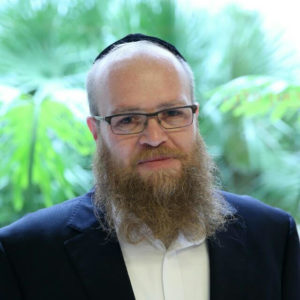

h
"I
f you want to speak to Rav Sraya, come after Shacharis,” one of the regulars from his minyan said to me.
“Better after Minchah Gedolah,” another suggested.
“You can start a conversation by posing a halachic sh’eilah,” interjected a third. “If I were you, I’d try him at home. Maybe a family member or a talmid will be there to open the door for you.”
The next morning found me climbing the stairs to Rav Sraya Deblitzky’s house on 50 Rechov Yerushalayim in Bnei Brak. I was ushered into a room where the Rav sat, crowned in tefillin. He welcomed me with a smile and I introduced myself, asking permission to interview the Rav. “That will take time, and right now, I don’t have time,” he replied.
I asked his permission to at least observe him in his daily routine, and the Rav, who passed away last Friday at the age of 93, simply went back to his learning.
“Well, he didn’t say no,” I said to the talmidim who were there.
Rav Sraya Deblitzky was a talmid muvhak of the Chazon Ish and was also close to many Sephardi mekubalim — he kept his beard cropped in accordance with certain kabbalistic principles, fasted every day of the Three Weeks, and kept other stringencies, but he was also a humble resource for contemporary halachic issues, having authored close to 60 seforim and pamphlets on halachah, Kabbalah, mussar, drush, and dikduk.
For days, I came for tefillos, asked a few questions, but mostly, I just observed the conduct and manners of this gaon and mekubal, which the Torah giants of Bnei Brak had famously said were “precision-adjusted.” It was amazing to see — every single action of his was calibrated and sourced in halachah. His knowledge in all areas of Torah was overwhelming. Kol raz lo anis lei — nothing was hidden from him.
As vast as his erudition and as meticulous as his mitzvah observance was, he had patience for everyone who came in. While I observed, one man asked if he should say “mashiv haruach umorid hageshem” or “hagashem.” Next entered an orphan who had just completed 11 months of reciting Kaddish. He wanted to know if it was forbidden to say Kaddish in the twelfth month. Rav Sraya told him that if he were to attend a siyum or be in a place where there was no one to recite Kaddish, he could say it then. “That was what they did in Kelm,” he added.
When the Rav was asked if one should refrain from eating olives, due to the concern that it causes one to forget one’s learning, he remarked that Rav Shlomo Zalman Auerbach had said that if one adds a little olive oil, there’s no problem. “And,” he said, “if that’s what the wise men of Yerushalayim said, then it’s fine with me.”
But once, when an avreich asked a theoretical question on a subject with varying opinions, Rav Sraya told him to go back and learn the subject inside the Shulchan Aruch with the commentaries. Later, he remarked that he couldn’t understand why today’s yungeleit don’t bother to learn the halachah inside.
Across the Board
Rav Sraya Deblitzky was born in Riga, Latvia, in 1925, and in 1934, his family moved to Eretz Yisrael and settled in Tel Aviv. A partner in a very successful chocolate company, his father, Reb Betzalel Yaakov, was a renowned philanthropist and baal chesed known for financing the publication of Torah works.
The Rav related that from the age of bar mitzvah, he became close to Rav Yechiel Yisraelov, who had planted himself at the Gra shul in Tel Aviv. Rav Yechiel headed the Tiferes Bachurim yeshivah in Vilna for many years before moving to Eretz Yisrael. It was with Rav Yechiel that the young Sraya met Rav Yechezkel Sarna — later to become rosh yeshivah of Yeshivas Chevron — who used to spend his bein hazmanim at the Israel Hotel in Tel Aviv. When the Deblitzky family moved to Jerusalem in 1941, Sraya followed Rav Sarna to Chevron.
In 1940s Jerusalem, Rav Sraya became close to Rav David Baharan and Rav Yaakov Moshe Charlap, and also learned with the great Sephardi kabbalists Rav Mordechai Sharabi, Rav Ovadia Hadaya, and Rav Mordechai Attia. Over the years, Rav Sraya came to be known as a baki in the Torah of both the Arizal and the Vilna Gaon.
In 1946, he married the daughter of Rav Chaim Ozer Yanovsky, who lived in Rishon L’Tzion where he was rav of the vintners association. The following year, after Rav Sraya’s home was expropriated by British Mandate officials, he went to live near his parents, who had since moved back to Tel Aviv. A year later, he moved to Ramat Gan to be closer to the Chazon Ish — the predawn daily walk to Bnei Brak was doable but daunting. In 1953, a year before the Chazon Ish passed away, Rav Sraya moved to Bnei Brak, where he lived for the rest of his life. He established the minyan where he davened every day until he became ill in his last years. For the 60th anniversary of his minyan, he published the sefer V’zarach Hashemesh, a compilation of customs and responsa relating to a beis knesses.
Keep Your Notes
At Rav Deblitzky’s vasikin minyan, among the mispallelim was Rav Shlomo Kanievsky, son of Rav Chaim Kanievsky and Rosh Yeshivas Kiryas Melech. The minyan was conducted by Rav Deblitzky according to the teachings of the Gra, and since he davened in a soft but audible murmur, one could hear and follow his very careful enunciation of every word with the correct nusach. He always served as the gabbai who announced the aliyos, and at the end of the tefillah, he would learn daf yomi from a set of Schottenstein Talmud.
Rav Sraya held Sephardic minhagim in very high esteem, and was close to the Sephardic gedolim who lived in Bnei Brak. Once, a halachic polemic arose surrounding a certain Sephardi minhag. Rav Deblitzky, a font of knowledge on the various customs and their sources for every kehillah, immediately explained the halachic sources upon which the specific minhag was based. One of the members of the minyan told me later that in earlier years, Rav Sraya traveled with several Sephardic rabbanim to daven at kivrei tzaddikim during the month of Elul. At the end of one of his seforim, the Rav gives a strident rebuke to those who mock the minhagim of Algerian Jewry, and goes on to list the great chachamim of Algeria.
“There aren’t enough words to describe his goodness and his humility, his kindness, his pleasant manner, together with his meticulousness in halachah,” said one of his regular minyan members at the shivah this week. He told the story of Mordoch, the mentally ill son of Rav Sraya’s more “modern” next-door neighbors. For over 40 years, Mordoch thrived on the attention and the warm, loving words he received from Rav Sraya. “As soon as I heard that Rav Sraya was no longer with us, the first thing I said was, ‘What’s going to be with Mordoch?’ ”
During the period I spent with Rav Sraya Deblitsky’s minyan, no one stopped me from listening to conversations, and no one refused to answer questions. But a few days after I’d stopped coming, one of them called me and said, “I think the Rav would feel uncomfortable about having an interview published.”
The following day, I went to ask Rav Sraya himself. “Keep what you’ve written,” he said. “The day will come when I won’t mind if you publish it.”
Sadly, that day has come.
(Originally featured in Mishpacha, Issue 719)
Oops! We could not locate your form.







